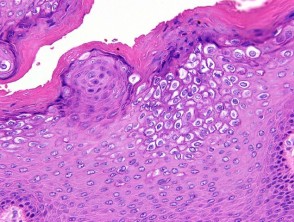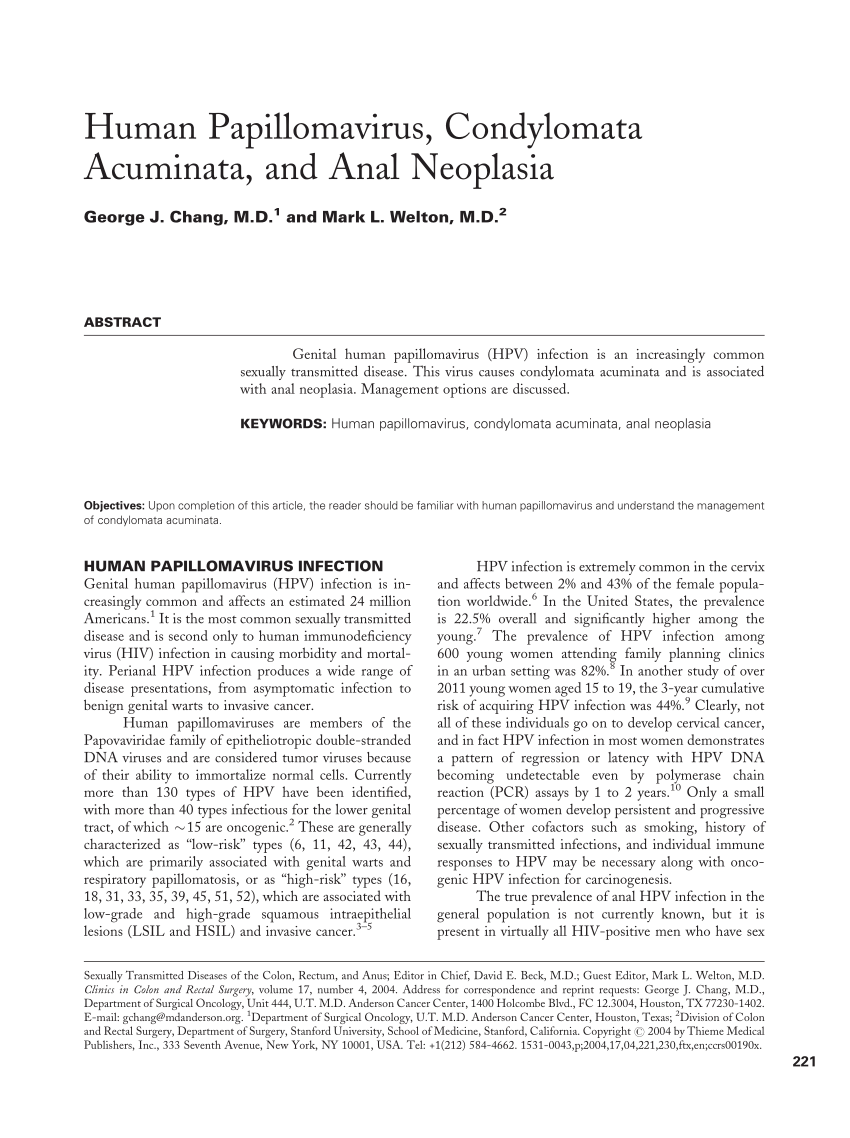
There are several different treatment options for condyloma acuminatata. It may be treated with topical medications or surgery. In children and adolescents, treatment may be delayed because the lesions often clear on their own over months or years. However, patients with lesions that are symptomatic or purely cosmetic should seek treatment as soon as possible. In some cases, surgical excision is necessary for complete clearance of the lesions.
This condition is caused by human papillomavirus. It is usually transmitted through sexual intercourse. Symptoms include tenderness, bleeding, and pain. Generally, condyloma occurs in females, but it can also develop in children. Since it is an unusual occurrence in children, it is important to obtain a thorough evaluation to rule out sexual abuse.
When it comes to condyloma, it is caused by the human papillomavirus. This disease affects the genital area, the perianal region, the urethral mucosae, and the oral cavity. It can also be transmitted through sexual intercourse. Although rare, the condition can affect children, which is why it is important to get a thorough exam and diagnosis.
The infection is caused by human papillomavirus. It can be passed through sexual intercourse. While it is rare in children, it is important to check for any signs of sexual abuse or an STD prior to deciding to treat a child with condyloma. When a person develops condyloma, there is no definitive cure.
Symptoms: Most condyloma acuminatum is asymptomatic. It may occasionally cause pain or bleeding. Sometimes it may cause psychological distress. It is often detected during routine female gynecological examinations. Despite its low risk, it requires a careful evaluation and testing to diagnose the condition. If a child has symptoms, it will be highly contagious.
The human papillomavirus is responsible for condyloma acuminat, which is a soft pink cauliflower-like growth in the anogenital area. Moreover, it is highly contagious, and it can develop in large or small groups. It may be the first sign of a child experiencing sexual abuse. In some cases, the infection is caused by a foma.

Although genital warts is usually asymptomatic, sometimes it can be associated with psychological distress. Fortunately, women often suffer from this disease. This disease is highly contagious and highly contagious. Usually localized in the anogenital region. It can also occur in the oral cavity and on the mucous membrane of the rectum. If left untreated, it can lead to a life-threatening condition.
Human papillomavirus is the most common cause of genital warts. It causes cancer of the genitals, perianal region, and oral cavity. As a rule, it is transmitted sexually and is most often infected by men. Although genital warts are rare in children, they can be sexually transmitted and are very common in young children.
It is important to know that genital warts are a sexually transmitted disease. It affects the genital area, perianal region, oral cavity, rectal mucosa. It is rare in children, but is a common symptom of sexual abuse. Early detection requires treatment. But it is also important to recognize the signs of the disease, which are described on the site sarjana.co.id, especially if the person has multiple lesions.
The disease is rare, the incidence is 1% per year. The most common risk group are young people in their third decade. The disease is more common in older adolescents. Most people become infected with genital warts during their lifetime. In addition, the incidence of HPV infection is the same in the US and other countries. But the risk for a woman with the disease is lower than the risk for a woman with a lower-risk HPV genotype.
This disease affects the vagina, the shaft of the penis and the anogenital region. It can be the size of a pinhead or large, and can be painful and debilitating. A man may have one or more of these warts on the shaft of the penis and he or she should see a doctor for treatment. In addition to a doctor, a woman should consult a pediatrician if she has genital warts.